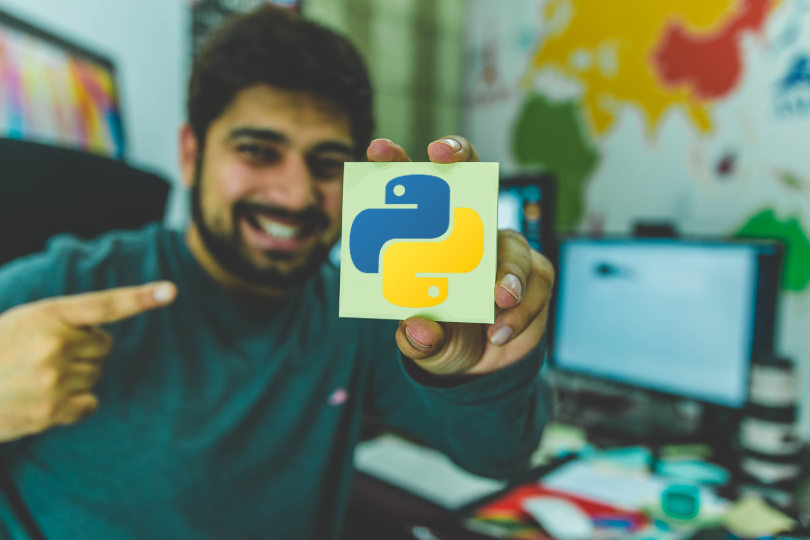Python, an object-oriented high-level programming language, is said to be the successor to the general-purpose ABC language. Python is the brain-child of Guido Van Rossum, a Dutch Programmer, and was released on 16th October 2000.

With dynamism, loaded as part of semantics, typing, and binding, Python is the most sought programming language in Rapid Application Development (rapid prototyping of complex applications). Python codes are easy to read and translate. Programmers are relieved from creating compilation steps, and the edit-test-debug cycle is, of course, exceptionally fast.
The cost of maintaining a program is reduced to a greater extent and thus enables programmers to achieve higher productivity. Another promising aspect of Python is the scalability of modules. The programs can be created in a modular style, and the codes can be reused across various projects. Importing and exporting the modules is also a cake-walk. The standard library and the interpreter are available at minimum cost in both binary and source form.
The developers need not worry about high developmental costs as all the necessary tools are available on major platforms. Now, we will know as to why a Python course can land you a lucrative and enticing career.

Where and How Is Python Used
Web Development
Developers write web applications using a combination of Python and JavaScript. Python is executed on the server-side, and hence, it can be used to build server-side applications. JavaScript will be downloaded on the client and run by the web browser.
It will be exciting for you to know that Python backs the products of some of the world’s leading technological giants, like Google, NASA, IBM, Cisco, Microsoft, etc. The most popular sites, like Spotify, Mozilla, Reddit, the Washington Post, and Yelp, are powered by Python frameworks, such as bottle.py, Flask, CherryPy, Pyramid, Django, and web2py.
Thus Python is the master when it comes to providing real-world solutions to problems that anyone wants to solve.
Data Science
Python being a multi-paradigm programming language can handle anything, from data mining to running embedded systems. With the module scalability and the number of dedicated analytical libraries (72,000 and growing) available in the market today, organizations could not afford to overlook Python for data analytics purposes.
Python is open-source software, so the knowledge pool is growing at an incredible pace. Pandas – The Python Data Science Library, is the godfather of all libraries and is used for importing data from spreadsheets and processing sets for time-series analysis. Thus, with Python training, you too can explore various interesting benefits of Python.
Artificial Intelligence
Python need not be compiled to machine language instruction. It can be used by the developer directly to run the program. That is why Python is called an Interpreted language.
Python is independent of the platform, and thus invariably offers flexibility and usability across different technologies with the least tugs in coding. You can choose between Object-Oriented Programming and scripting. As a developer, you are relieved from the burden of struggling with different algorithms. With NumPy (container for generic data), Scikit-learn (data analysis), iPython Notebook, and matplotlib (2D plotting library), your Artificial Intelligence project is good to go.
Natural Language Generation (NLG)
If you are trying to understand what NLG is all about, the most simple example you can relate to is Google’s new inbox. You will notice that when you are trying to reply to an email, you will be presented with the three most relevant responses in the form of sentences for the given email. This is a form of NLG model where Google used millions of e-mails and trained the model using deep learning to predict the most appropriate reply to any email.
NLG is an application of Artificial Intelligence, though; it is going to create an oceanic change in the field of technology. Powerful Python modules, like Markovify, can create large corpora of text and generate random sentences from that.
Python as a programming language for Natural Language Generation is still evolving, and it’s going to hit the sky in the coming days.

Takeaway
Python, quite funnily enough, is described as the second most preferred programming language among developers. The simple syntax, readability, flexibility, etc. enables testing of complex machine learning algorithms.
It is also a General-purpose programming language. The dynamic type system and automatic memory management that supports various programming paradigms are also equally important and effective. So it is obvious as to why the world has chosen Python for the next technological revolution.




